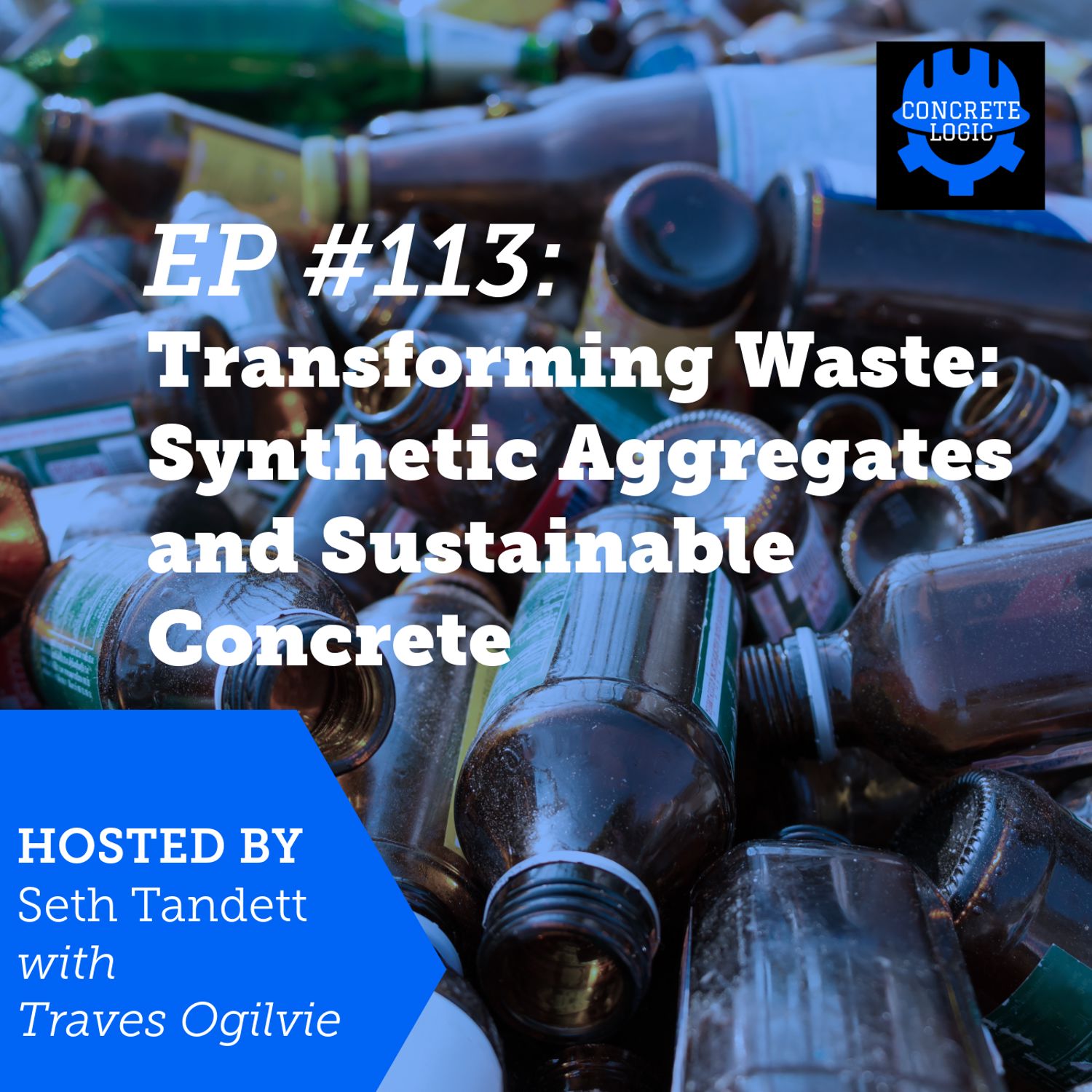The Real Crisis: Trash, Not the CO2 Boogeyman

So you think CO2 is the big bad wolf? Let me tell you about something even worse: garbage.
We talk a lot about carbon emissions, but what about the literal mountains of waste we throw away every single day? Glass, plastic, construction debris—most of it ends up in landfills, or worse, our waterways. Here’s something to chew on: every year, the average American throws away 200 pounds of plastic and 85 pounds of glass. That’s just you. Multiply that by 330 million people. Where do you think all that ends up?
Meanwhile, we keep chasing CO2 like it’s the only problem in the world. But here’s a thought—what if the real issue isn’t some invisible gas, but the visible, tangible waste we create? That’s where synthetic aggregates come in. This is the kind of stuff that should be at the forefront of construction, but it’s still flying under the radar.
What Are Synthetic Aggregates, Anyway?
Travis Ogilvie, from the Synthetic Aggregate Association, joined me on the Concrete Logic Podcast to talk about how materials we usually toss—like plastics, glass, and industrial byproducts—can be turned into functional, high-performance aggregates. Think about that next time you’re tossing a bottle in the trash.
But the real question is: why aren’t we already using more of these materials?
The Big Roadblocks
-
Standards & Acceptance – The construction industry loves to play it safe. If it’s not ASTM or ACI approved, good luck getting it into a mix design. But synthetic aggregates are proving they can meet and even exceed the performance of traditional aggregates. Some have been used in Europe for decades. Why are we behind?
-
Sorting & Processing – Not all glass or plastic is created equal. The cleaner and better sorted the recycled material is, the more useful it becomes. But the U.S. recycling system is a mess—only 20% of materials get properly recycled here, compared to 80% in Europe. That’s got to change.
-
Economics & Scale – Right now, synthetic aggregates can cost 10-15% more than traditional ones. But that gap shrinks as production ramps up. The more we demand sustainable materials, the more affordable they get. So, are we willing to invest in our future?
The Potential is Massive
We’re not just talking about keeping waste out of landfills. We’re talking about:
-
Lowering carbon emissions by reducing the need for virgin materials.
-
Creating stronger, lighter, and more durable concrete.
-
Making construction more circular, where waste from old projects becomes materials for new ones.
What Can You Do?
-
Ask Questions – If you’re in construction, start asking about synthetic aggregates. Where can they fit into your projects?
-
Push for Better Recycling – If 97% of small-particle glass is going to landfills, that’s on us to fix.
-
Support Innovation – Groups like the Synthetic Aggregate Association are working to get these materials into the mainstream. Go check them out.
So next time you’re worried about CO2, remember—the junk we throw away might be just as big of a problem. Or better yet, part of the solution.
Let’s keep it concrete.











